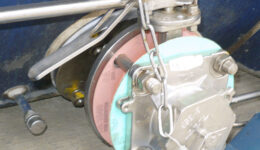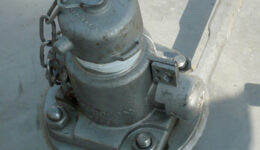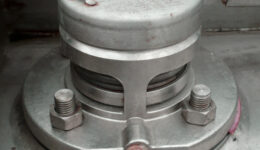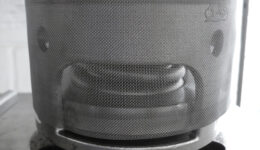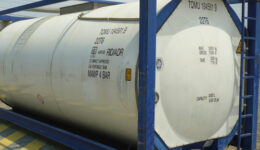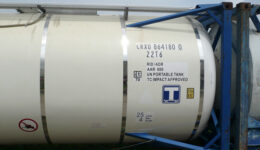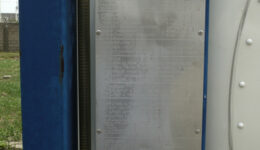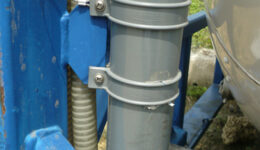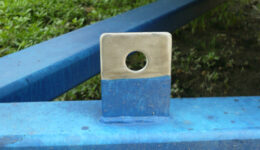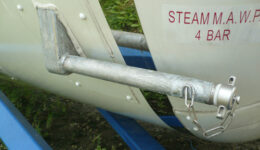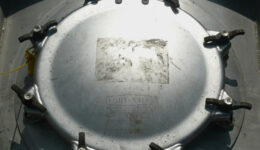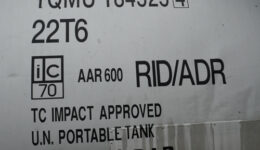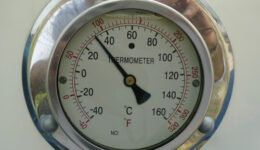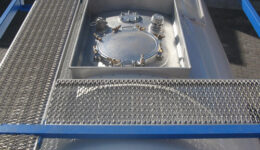The ISO tank container was developed for the carriage of all types of liquids, ranging from, but not limited to, potable (food grade) liquids, non hazardous, and hazardous liquids, including corrosives, flammables, toxics, and explosives. The tank container eliminates the risks in transferring liquids from one vessel to another, and provides for an extremely safe, secure, cost effective, and viable mode of transportation. Once the tank container has discharged, it is taken to a recognized cleaning station, cleaned thoroughly for that product, and then made ready for its next load. Although tank containers have a fairly uniform external appearance, the construction materials, linings, and fittings vary.
Tanks are classified according to the specification of the tank shell and fittings. It is this classification which determines what type of product maybe carried. The function of the frame is to support and protect the tank as well as to facilitate the stowage, securing and handling by standard ISO container equipment. When properly handled, the frame is designed to cope with the stresses of a fully loaded tank.

